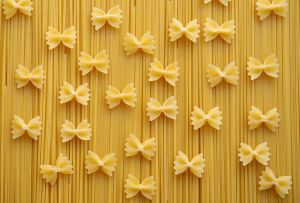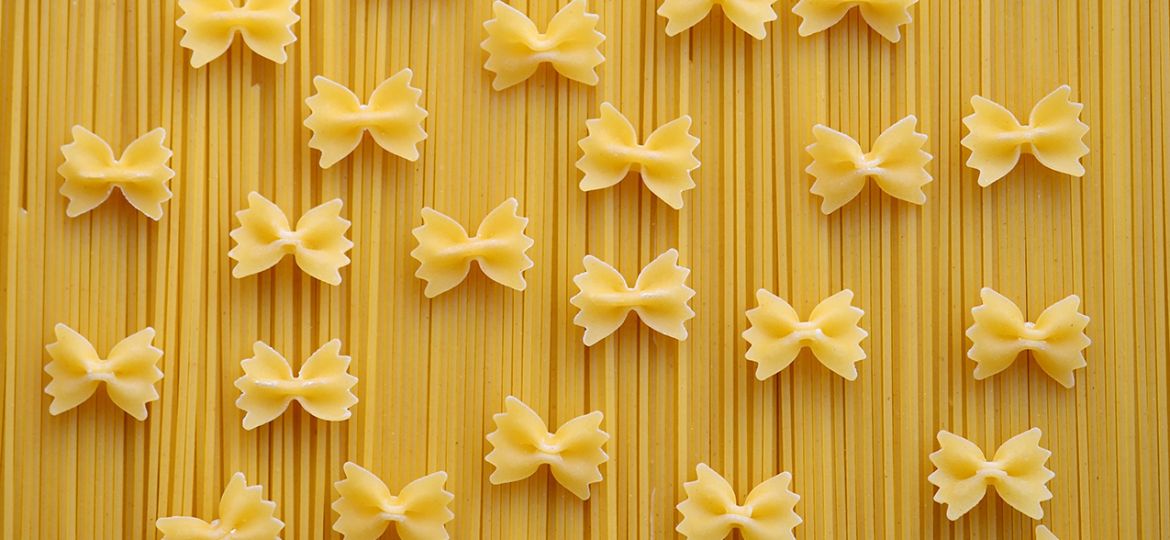 By Diane L. Donohue
By Diane L. Donohue
Veggie Groove Contributor / Certified Personal Trainer, Life Coach and Habit Hacker
Sri Lankan scientists have found that a new cooking trick could cut calories of rice and other starchy carbs compared to conventional cooking. Just like slow cooking a potato in the oven vs fast in the microwave changes the starch level. A microwaved potato yields more starch and boy can you taste the difference!
So here are the intricate and very complicated steps (they used) to lower the carb level of rice:
- Cook rice normally but add a teaspoon of healthy oil like coconut or olive to the cooking water for every ½ cup of uncooked rice (use 1 cup of water per ½ cup of uncooked rice). Simmer for 25- 40 minutes.
- Drain and let it cool overnight in the fridge for 12 hours. Reheat and eat.
That’s it!
Rice cooked this way had 10 to 12% fewer calories (Sudhair James, Researcher, presented these findings at the National Meeting & Exposition of the American Chemical Society recently. He is optimistic that using this method on traditional heirloom varieties, particularly some varieties of red rice—could result in greater calorie reduction (up to 50%).
Why? James explains that the oil enters the starch granules during cooking, changing its architecture so that it becomes resistant to the action of digestive enzymes. It increases the amount of resistant starch (RS), an indigestible form of carbohydrate that your small intestine can’t break down and convert to glucose. This means that fewer calories ultimately get absorbed into the body. “The cooling is essential because amylose, the soluble part of the starch, leaves the granules during gelatinization,” explains James. “Cooling for 12 hours will lead to formation of hydrogen bonds between the amylose molecules outside the rice grains which also turn it into a resistant starch.” Reheating the rice does not affect the RS levels.
Better yet, this method may also work for other starchy foods like pasta, beans, cereals such as oatmeal, and even potatoes. A similar study showed that cooking, cooling, and then reheating these foods significantly increases Resistant Starch levels. RS is good for cutting calories and has been linked to improved insulin sensitivity, better gut function and digestion, greater feelings of fullness, and increased fat burn.
Maybe that’s why my Italian grandmother made her pasta dishes the day before and always added olive oil to the water. Brilliant woman!


